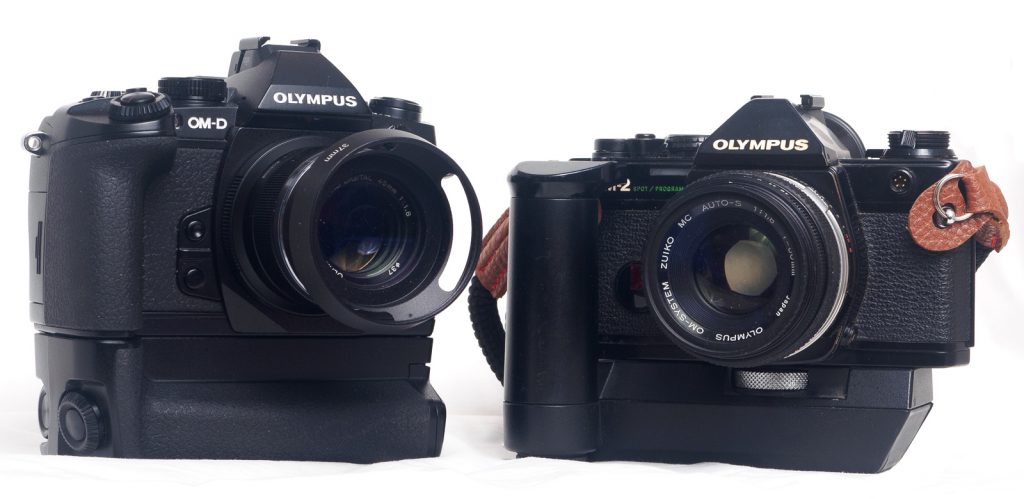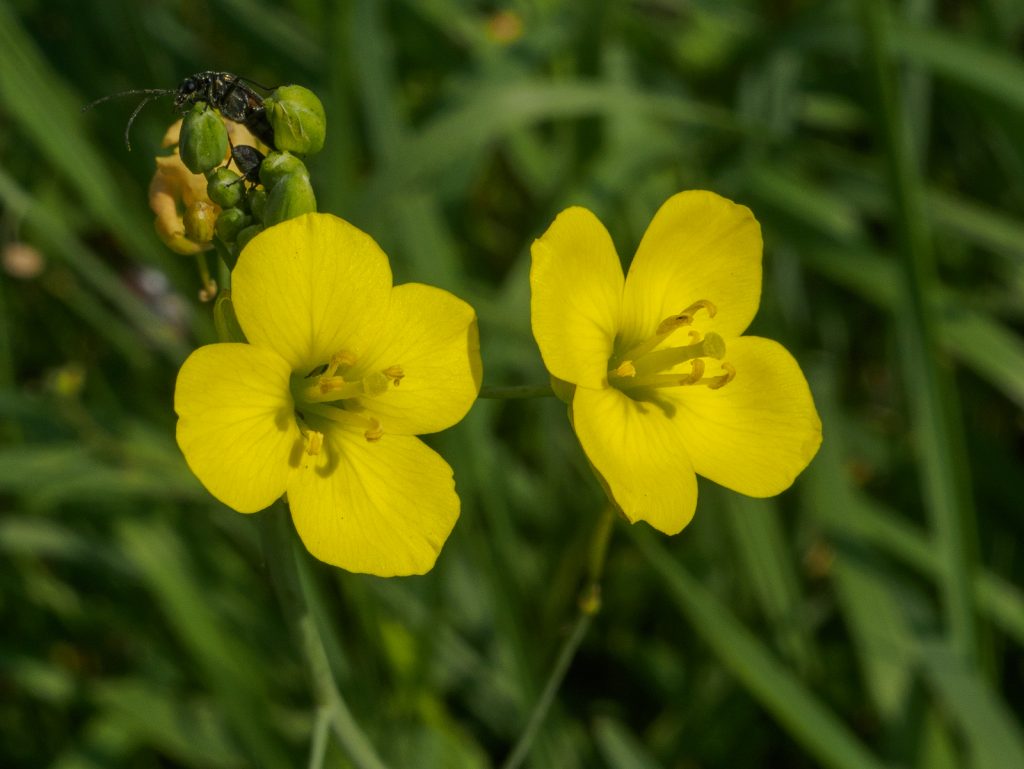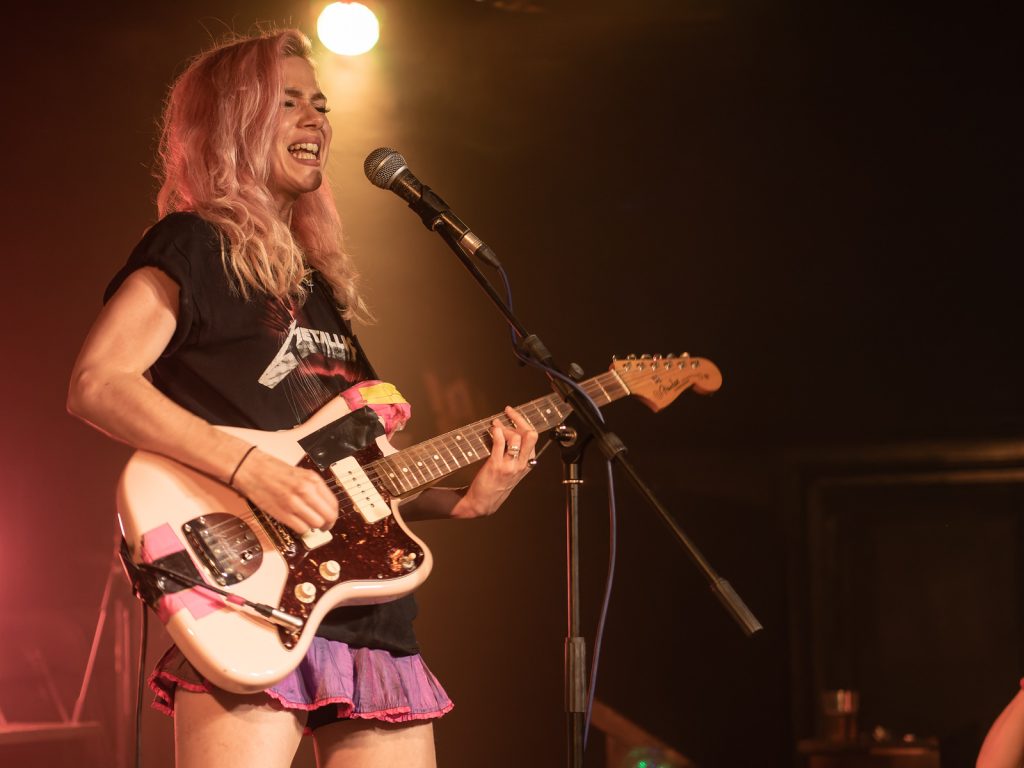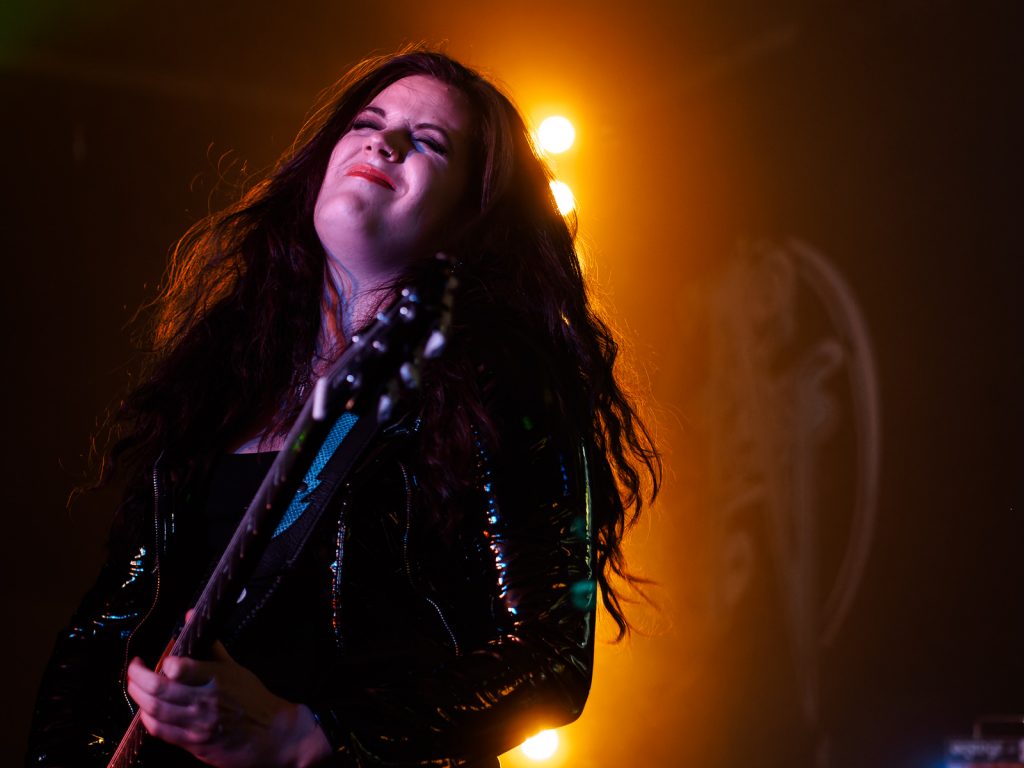This is really a follow up to my previous post on sensor formats. At one point I was going to write a piece, under this title, all about my love of the original Olympus OM film cameras and why, in my opinion, they were, and still are, the best 35mm SLRs ever made, but I covered some of that in the last post. What I didn’t highlight was the beautiful Zuiko lenses Olympus made for the system. There were just over 50 in their arsenal, ranging from an 8mm fisheye up to a 1000mm super-telephoto. These were mostly all primes but included ten zooms, which were not as fast or sharp as those of today – lens design has come a long way in the last 40-plus years. Also included were five macro lenses, and two shift lenses for architecture. Like the Olympus camera bodies, the lenses were compact, with something of a unique feature in that every focal length from 21mm up to 135mm (or 200mm if you count zooms) took a 49mm filter. Within that focal-length range there were some wider aperture versions that, along with most of the zooms, took a 55mm filter, with the very widest and longest lenses using a 72mm or 100mm thread. Apart from the almost obligatory skylight filter to protect the front element, this meant that you only needed to buy a maximum of four copies of specialist filters to cover all the lenses.
Another great aspect of the OM system was that it was a truly integrated one where most of the accessories and peripherals would fit the entire range, with the two-digit “amateur” range not accepting some of the more specialist tools reserved for the “pro” models. But if you wanted to attach a motor winder (with an option of single or 2.5 frames per second sequences) it would fit all models. Even the five-frames-per-second motor drive with its optional 250 exposure back fitted all but the OM-10 and the earliest OM-1 models.
What is interesting is that the Olympus OM cameras haven’t been hit by quite the same levels of popularity amongst hipsters as some other cameras have in this recent analogue resurgence. Yes, they have increased in price, especially the all-mechanical OM-1, with the OM-3 ridiculously more so with asking prices well over £1000, but there are still bargains to be found if you look and have patience. There are also plenty of people out there trying to make a quick buck by inflating prices to levels that no one but the most naive or misguided would pay.
With such a great heritage, it’s no wonder that Olympus decided to retain the overall look of Maitani’s classic OM and Pen designs when they launched their equally groundbreaking mirrorless digital cameras? Although they don’t have the same universality of accessories, they have carried on his legacy of compactness and innovation while paying homage to the original.

OM-D EM-1 with Battery Grip and M.Zuiko 45mm f/1.8, and the OM-2SP with Zuiko 50mm f/1.8 and Winder 2
Since my last post, I used my new Olympus OM-D EM-10 iii camera to shoot a one-day outdoor music festival, but as I was familiarising myself with a new camera as well as remembering how to shoot gigs the shots weren’t the greatest. I also used it to do some macro flower photography for a book commission, and here it excelled. Its compactness and light weight meant I didn’t have to take a heavy camera bag with me, which my Canon would have required, plus the OM-D image stabilisation meant there was no need for a tripod. The image quality was superb. It was this project that convinced me to invest more time, and money, into Olympus as my main digital platform. The important test was indoor music gigs in low light, with some concerns for the image noise at higher ISO levels. The thing with shooting live music is it is quite different to most other shooting situations, because you have absolutely no control over the lighting and can’t introduce flash to help either, except in some small venues.

With that in mind, I was thinking back to the 1980s when I shot live music on Ektachrome 400 slide film, mostly pushed to ASA 800, which was really as far as you wanted to go before the grain dominated. To compound matters, slide film has an exposure latitude of about 1/3 of a stop, so your exposure had to be really spot on for good results, and that’s without accounting for its rendering of the artificial lighting. So what did I do? I adapted the way I shot. I shot wide open (f/1.8), used a slower shutter speed and waited for moments that weren’t filled with action, or embraced the movement within the shot. Otherwise, I’d shoot B&W, which I still do now with one of my old OM cameras, but with the luxury of Ilford Delta 400 or 3200. So I thought, why don’t I take a similar approach with the OM-D. Keep the ISO as low as practical and use primes, which are still faster than zooms, at either f/1.2 for the Pro lenses or f/1.8 for the more affordable ones I currently have. Camera shake isn’t an issue with slow shutter speeds, thanks to the IBIS, so it just becomes a matter of picking the right moment.
Being already enamoured with the new EM-10, I added another OM-D to my arsenal, a used original OM-D E-M1 that was in superb condition, with only 5000 shutter actuations. I only paid £234 for it from MPB, with an extra £25 for a battery grip. It is a solid, pro level camera and definitely produces better images than any phone at that price. And with the latest firmware update it has many of the same features of its later incarnations. In addition, the body, grip and 45mm f/1.8 lens together weigh less than my Canon 6D with a 50mm f/1.4 lens.
Now that my preferred small music venues have opened up again, I’ve been putting my idea of shooting like its film to the test with the EM-1 as well as the Lumix GX80. The first gig I tried it at was a venue with fairly decent lighting, by most pub standards. I started the evening at ISO 800 but eventually settled on 1600, as it is much easier to adjust the shutter speed on the fly than the ISO, and using Auto ISO is too risky under live music lighting. Aperture was always wide open at f/1.8. I also had my Canon 6D with me, using the same settings, but I hardly touched it the whole night. I was simply enjoying using the M4/3 cameras too much. It’s not as if this was a paid job, so I was free to play around a bit more, and using the EM-1 was fun, whereas the 6D felt more like work.

Olympus OM-D EM-1 with M.Zuiko 45mm f/1.8 – ISO 1250, 1/125 @ f/1.8
The most important thing though was how the images came out, and were they significantly inferior to the Canon? Bear in mind that the EM-1 and the 6D both came out in 2013, so camera technology has moved on a lot since then. The EM-1 only has a 16MP sensor, while the 6D is a 20MP full-frame, and it was Canon’s best low-light camera at the time of release, so the 6D’s performance, in terms of image noise, was better. However at ISO 1600, only with extreme pixel peeping was there an obvious visible difference, and after running the RAW files through DxO PureRAW that difference became negligible.

Olympus OM-D EM-1 with M.Zuiko 45mm f/1.8 – ISO 1600, 1/160 @ f/1.8
Size and weight of the cameras aside, in terms of features the EM-1 beats the 6D hands down, mostly thanks to its four major firmware updates that added features from later EM-1 models. The EM-1 was designed as a pro camera, whereas the 6D was intended to be an affordable way for amateurs to shoot full-frame. I did notice that the autofocus on the Olympus was decidedly better than the Canon, in terms of speed and accuracy, and it has IBIS. As I’ve already said, I’m enjoying using the Olympus, but that’s not to say I wouldn’t love to have a new Canon R6 with RF glass, if money was no object or someone gave them to me, but I don’t actually need them. It’s getting to the stage where I can see the 6D is mostly going to be fixed to the copy stand for digitising film.
The main reason I got the 6D in the first place was because I was trying to make a living as a music photographer, but I soon realised it wasn’t a viable reality, partly due to my own lack of hustle as well as the general state of the music industry, but I was already invested and hooked by then. Then the lockdowns came and I started to reflect and reassess what it was I wanted to do photographically and how, which led to the idea of reappraising my gear as well.
For me, there has always been a certain vibe about the Olympus OM cameras and while trying out the OM-D I’m still getting the same vibe, which has rekindled my enthusiasm to get out and shoot. Even though, for a M4/3 camera, the Lumix GX80 offers some different features to my two current OM-D cameras (I now have an EM-1 Mk2 on the way, as I just found out they have been discontinued), I don’t get the same vibe from it that makes me want to use it as much, and that is something more important to me than just tech specs. Although to be fair, I did buy the Lumix as more of a snapshot/street camera because it looks less conspicuous. I will, no doubt, be posting more about my new adventures with OM-D and Micro Four Thirds. I hope those adventures are as interesting as the ones I had with my OM-1.